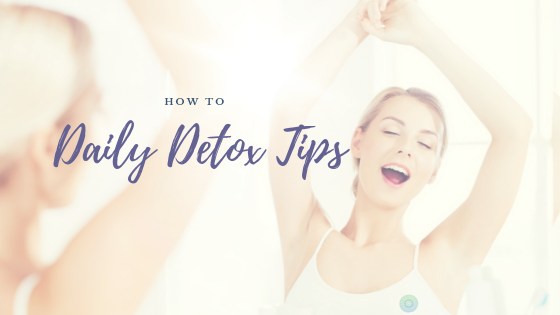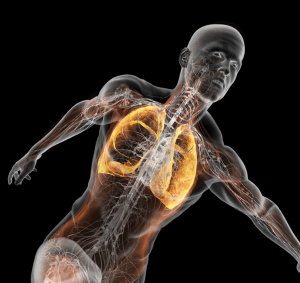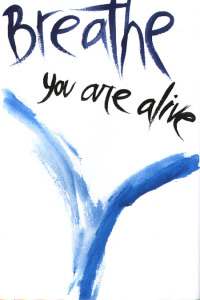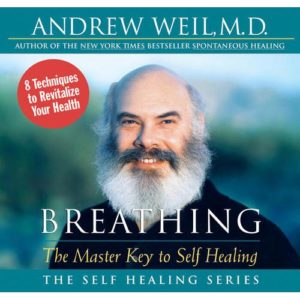Anxiety is something an increasing number of people suffer from. This is primarily due to the fact that we as a society live and operate such hectic and busy lives. We have work, some have school, children, and a full calendar of things we have to do. This is just the daily stress. This doesn’t get into the issues with family, personal life, financial issues, and so much more. All of this combined will eventually lead to anxiety issues.
Breathing Techniques
When you become anxious about something, and your anxiety issues start to kick in, the first thing that happens is your heart rate increases. You become panicked, on some stages more panicked than others. When this happens it can be harder to focus and harder to calm down. Breathing techniques work in several ways. They help you stop and refocus. They also help you slow your breath and take calming breaths that help your heart rate lower to a reasonable level, and ultimately help your blood pressure to lower. This helps you calm down and figure out what steps to take next.
Focus on the Issue at Hand
Mindfulness techniques like meditation and mind mapping can help you focus on the issue at hand. What mindfulness does is help you use and find techniques that can take a jumble of thoughts and work them into one connected thought with a clear path to a goal that have a starting point and ending point. Mindfulness can help you find joy in the task at hand, even if it is simply completing the task and moving to the next one. Though meditation, mind mapping, breathing, and gratitude you can focus on the issue at hand.
Find New Healthier Focuses
Mindfulness has an added bonus of helping you remove the negative issues and resources in your life and focusing on healthier replacements. Instead of freaking out you can calm down with breathing. Instead of being upset about the day and feeling helpless, you can replace those thoughts with gratitude for at least one thing a day. You can find that your are happier first and healthier later and overall change your entire life outlook.
Though mindfulness will help you with anxiety issues, it can take some time. If you are having severe anxiety symptoms, you may also want to consult a physician for further assistance as well.





